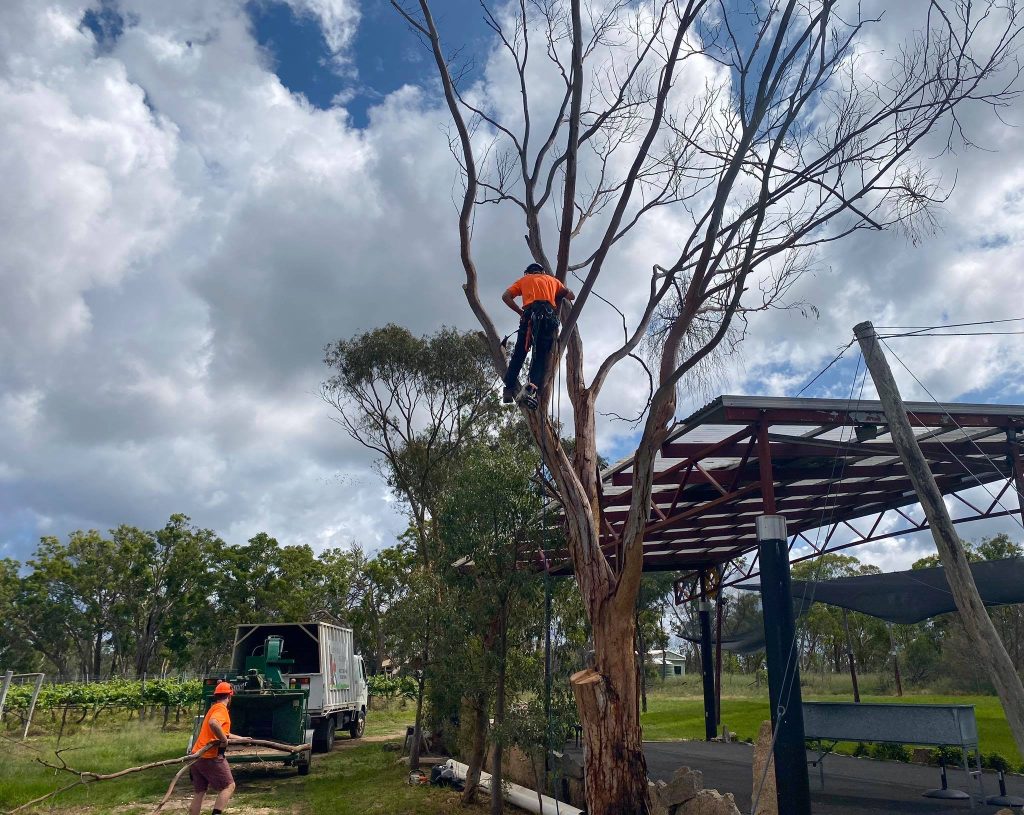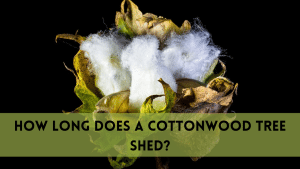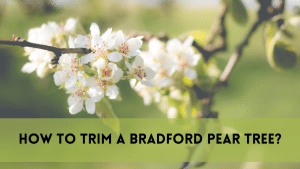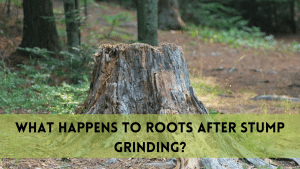Taking care of a dead tree in your yard is an important part of good landscaping and property management. A dead tree not only poses a safety hazard, but it can also have an impact on the overall health and appearance of your environment. This tutorial will go through several processes and concerns for dealing with a dead tree in your yard. We’ll give you with helpful information on what to deal with a dead tree to ensure the well-being of your property and the environment, from safety precautions and professional evaluations to removal alternatives, recycling, and landscape restoration.
Things you Should do with a Dead Tree in Your Yard
1. Analyze the Situation:
First, analyze the state of the tree and the reason of death. Identify any potential safety threats, such as falling branches or the chance of the entire tree falling over.
2. First and foremost, safety:
Assure the protection of your property and anyone who may be in the vicinity of the tree. Because dead trees are more prone to fall, limit access to the area, particularly during windy weather.
3. Speak with an arborist:
Consult with a licensed arborist or a tree professional. They can precisely examine the state of the tree, determine the reason of dying, and prescribe the best course of action.
4. Tree Cutting:
Consider hiring a professional tree removal service if the arborist believes that removal is necessary. Attempting to remove a dead tree on your own can be hazardous, especially if the tree is huge or close to structures.
5. Licenses and Regulations:
Check with the city or local authorities to determine if there are any permits or laws surrounding tree removal on your land. Some localities prohibit the removal of dead trees, especially if they are considered environmentally significant.
6. Pop branches in a vase:
Arranging poplar branches in a vase can add a natural touch to your home design. The slender, graceful branches, with their distinct textures and springing green leaves or brilliant autumn colors, can make an eye-catching and refreshing centerpiece.
Trim the branches to the correct height and eliminate any excess foliage that may be below the waterline to obtain a harmonious aesthetic. Fill a vase halfway with fresh water, making sure the lower ends of the branches are submerged.
Depending on the vase and arrangement style, poplar branches can give a rustic or modern flair, making them a versatile and appealing addition to any environment.
7. Make a rustic shelf
Making a rustic shelf is a fantastic do-it-yourself project that adds both usefulness and charm to your home. For a genuinely rustic design, start with repurposed wood, such as worn barn wood or pallet wood.
Sand the edges and surfaces of the wood pieces for a smoother finish after measuring and cutting them to the appropriate shelf size. Consider distressing the wood with a hammer, chains, or sandpaper to add to the rustic look, and then using a wood stain or finish to protect and deepen the wood, showcasing its inherent beauty.
9.Turn it into a table
Transforming tree wood into charming table is a creative dye project that infuses character into your living space. Begin by choosing the shelf that best fits your desired size and style. Attach four solid, pre-finished table legs securely to the underside of the shelf, one at each corner for support.
Alternatively, for a more eclectic, rustic look, reuse old furniture legs or even tree branches. After you’ve secured the legs, sand and finish the tabletop to your desired style, whether it’s a natural wood finish, a distressed look, or a coat of paint to complement your decor.
10. Monitor your landscape
Inspect your landscaping on a regular basis for symptoms of disease or pests in other trees. Protect your remaining trees by taking preventative actions.
Dead trees can be dangerous and can impair the general health of your yard. It is critical to maintain a safe and thriving landscape by properly addressing the issue through professional assessment and removal, compliance with rules, and consideration of environmentally friendly disposal solutions.
FAQs
Why should I be concerned about a dead tree in my yard?
Dead trees can pose significant safety hazards as they are prone to falling branches or toppling over. Additionally, they can negatively impact the overall aesthetics and health of your landscape, potentially affecting the value of your property.
Can I repurpose the wood from the dead tree?
Absolutely! Depending on the tree’s condition, you can repurpose the wood for various purposes, such as firewood, woodworking projects, or even creating decorative pieces. Recycling the wood can be a sustainable and meaningful way to use it.
How can I prevent other trees in my yard from dying?
Regularly inspect your trees for signs of disease, pest infestations, or stress. Properly water, fertilize, and prune your trees as needed to promote their health. Consult with an arborist for professional guidance on tree care and maintenance.
Are there any ecological considerations when dealing with a dead tree?
Yes, dead trees can provide valuable habitat for wildlife, including insects, birds, and fungi. If possible, consider leaving a portion of the dead tree standing or on the ground as a natural habitat feature, especially if it doesn’t pose a safety risk.
Conclusion
Dealing with a dead tree in your yard is a comprehensive procedure that takes into account safety, aesthetics, and environmental concerns. Addressing a dead tree promotes the well-being of your property and contributes to a healthier, safer, and more beautiful outdoor space, from professional evaluations and responsible removal to recycling choices and landscape rejuvenation. Taking the necessary measures and sticking to local restrictions can assist you in successfully navigating this process.





